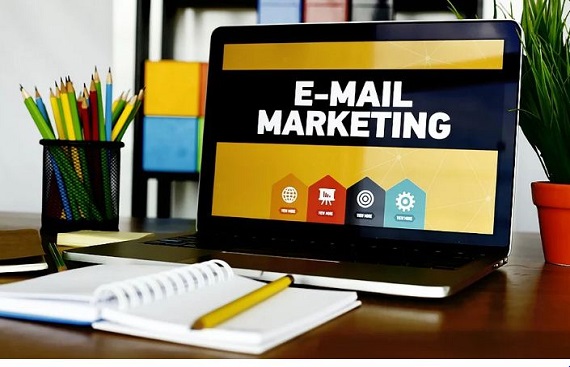9 Proven Strategies To Improve Your Email Marketing Campaigns

Meta description: Improve your email marketing campaigns with these 9 proven strategies. Continue to put your customer’s needs first with these email marketing strategies so that you can nurture more leads, collect more customer insights and keep your subscribers engaged.
As the Covid-19 pandemic carries on with no end in sight, it is still important for businesses to still maintain and manage the relationship with their customers. Email marketing is still an effective way to communicate with customers, as 78% of marketers have reported an increase in email engagement in the last 12 months.
However, Covid-19 or not, better email engagement means better customer experience lifecycle and usually means greater return on marketing expenses. In this blog post, we’ll go through 9 strategies to improve your current email marketing campaigns so that you can continue to strengthen your relationship with future and current customers.
Our email marketing strategies will focus on putting your customers first so that your business can be remembered for the value you offer and not the noise you make.
What Is An Email Marketing Campaign?
An email marketing campaign is a set of emails that business designs to engage with its existing and future customers. A successful email marketing campaign can help you collect customer data, nurture more leads and sales as well as and keep your recipients engaged.
9 Proven Strategies To Improve Your Email Marketing Campaigns
1.Identify and analyze your target audience
Before marketing your business through email campaigns, you need to define its intended audience. In the first instance, gather any internal data, customer service, or sales. You could also use data from Google Analytics or your social media profiles like Instagram Insights.
Conducting a competitor analysis of competing brands could also help you determine any weaknesses you can exploit and any strengths you can build on. You could also get further information about your customers' habits and needs through user-testing interviews, surveys, or focus groups.
All these sources will allow you to create a targeted customer profile based on data like age, income level, gender, and location. You can also have more than one type of customer profile and segment them into groups.. Once created, these types of profiles can show you who your customer is and what they are interested in. As a result, you can produce email content in line with their needs.
2.Understand the goals of your email marketing campaign
In addition to defining your customer's needs and wants, your business also needs to think about what they want to achieve. The goal of every email marketing campaign could be different. These goals could involve:
- Nurturing existing customers by giving them an offer they need.
- Re-engaging customers who haven't been active recently or abandoned a cart.
- Welcoming new customers by telling them about your business and its benefits in this way, you can produce an email marketing campaign depending on the outcome you need.
3.Deliver the right message at the right time
The length of your email sequence or marketing campaign depends on the season or time, type of customer you are trying to appeal to, and where in their purchasing journey they are currently at. For instance, you might need to run a Christmas campaign that only requires one or two emails. Alternatively, you might need to persuade an existing customer to buy a new product. This type of sequence could involve four or five emails that start with the features and benefits of a product and end with a special offer.
However, some existing customers might have already tried to buy this new product on your website and abandoned the cart at the last minute. In this instance, you might only choose to send two emails to this set of customers, which consists of an abandoned cart email that features the benefits of the product and the offer email. In this way, you produced a relevant message by email, depending on the customer’s real-time engagements with you.
4.Plan personalized follow-up emails
Your typical email marketing campaign sequences might be promotional (sales, offers) or those that deliver value to your customers (gift or weekly newsletter). To improve your email marketing strategy, you could also plan to send emails in response to a customer's action.
For instance, if they buy a product, you could send them an order confirmation email with a coupon or gift voucher to use for next time. In this example, Chipotle opted not to send yet another order confirmation email. Instead, the 50 bonus points show the customer that they are valued and will encourage them to make further purchases.
